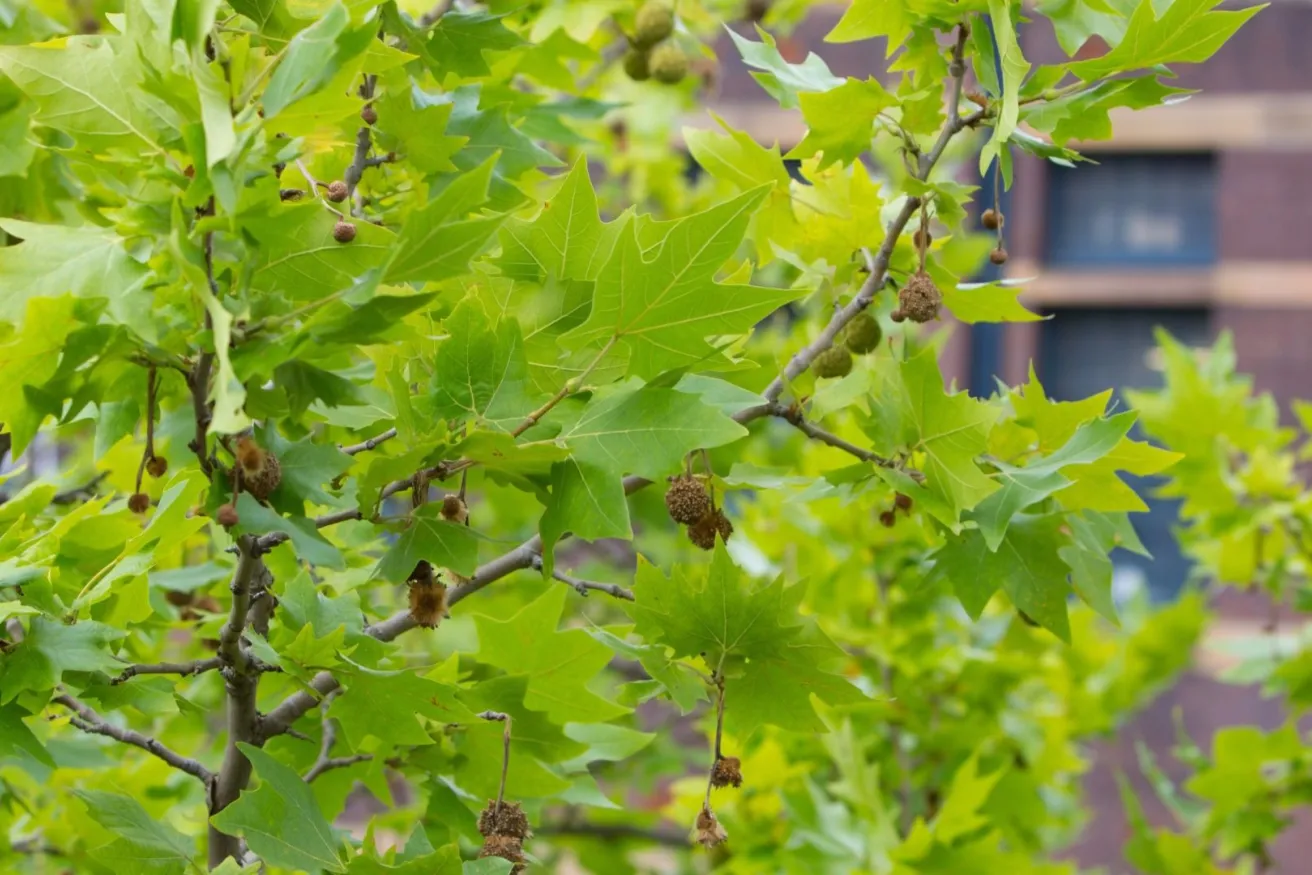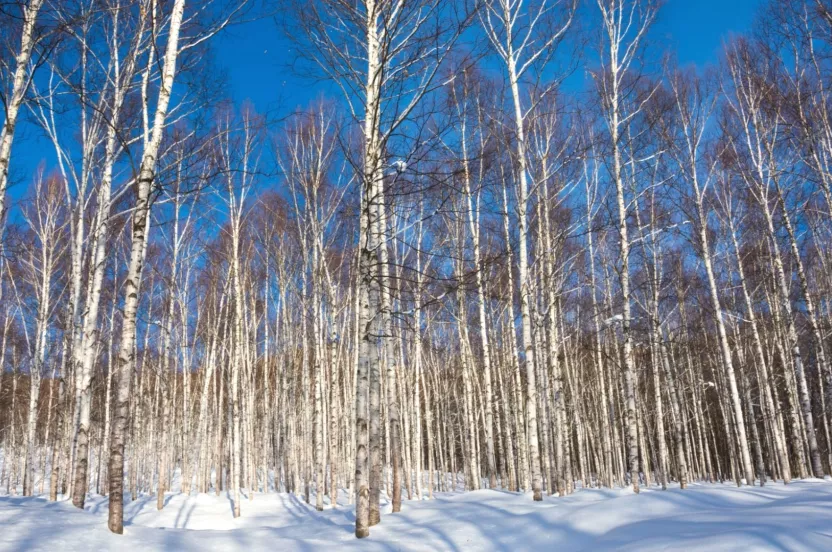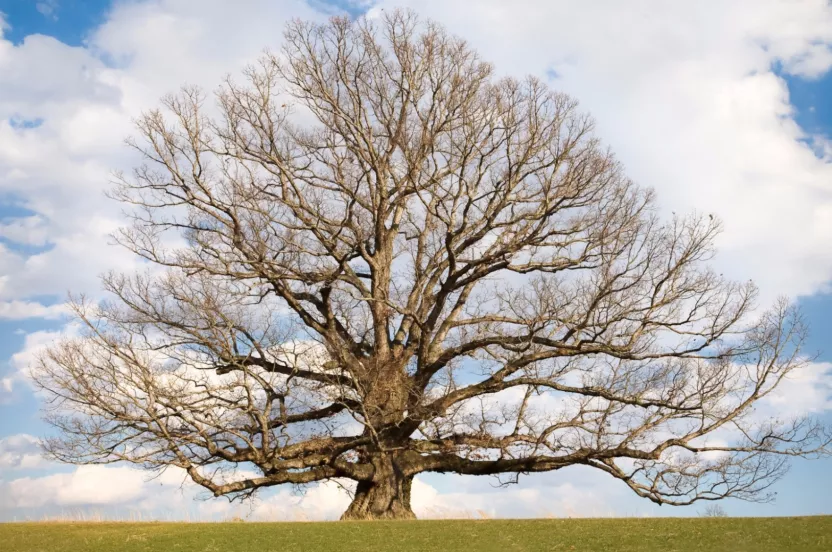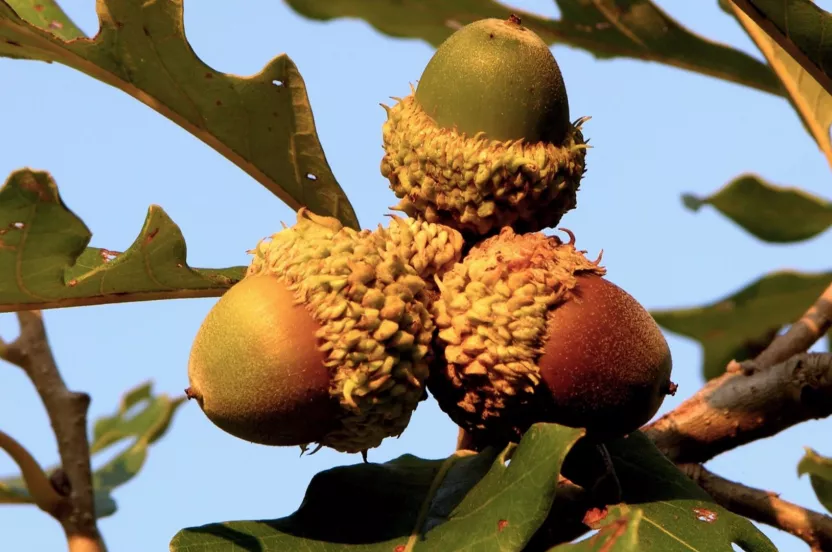The Arbor Day Foundation is pledging 10 million trees to areas impacted by hurricanes Helene, Milton Help us replant
“Anyone who measures the height of two London planes at Bryanston, Dorset, will assume either he, or his hypsometer (a measuring device), has gone barmy,” writes Thomas Parkenham in his book, Meeting with Remarkable Trees.
Parkenham’s humorous enthusiasm is directed at two magnificent London planetrees “girthing” at 16 and 18 feet. He says that their massive trunks give them “such graceful proportions that they rise effortlessly from the ferny track, as though there was nothing in this achievement and British woods were stuffed…full of trees 160 feet high.” Instead, they are Britain’s two tallest hardwoods.
Not only do the London planes, as they are sometimes called, tower over the beeches, oaks, lindens, and ash that make up their neighbors, they have the distinct advantage of being able to withstand air pollution and other stresses of urban life better than their native associates. It is the quality that has made the London plane as popular with U.S. city foresters as it is with tree lovers in England.
London planetrees are not a species, but rather the result of a cross between two species from widely divergent parts of the globe. The parents are both the Platanaceae family, a far-flung group with one species native to Southeast Europe through northern Persia, one in Indochina, seven found in southwest North America and Mexico, and our common sycamore of eastern United States. The two that were (and still are) crossed to produce London planetrees are our very own American sycamore (Platanus occidentalis) of southeast Europe and the eastern Mediterranean region.
How this happy combination took place, unfortunately, is lost to time. One popular story is that the union occurred in John Tradescant’s garden. He was the gardener for Charles I and is known to have visited eastern America three times in the mid-17th century. Others doubt that his transplants would have been large enough to bear flowers and have seeds. The doubters claim that the hybrid was created in Spain. In fact, this tree is sometimes referred to by a name suggesting that region — Platanus x hispanica. Regardless of its origin, the new offspring of the cross was discovered to tolerate the nastiest of smoke and grime in London. Because of this, its fame spread and for 300 years it has been produced by nurseries that supply trees to cities throughout the moderate climate regions of the world.
What’s in a Name?
London is where the city-tolerant features of London planetree were discovered, but where does the “plane” come from? There is some argument among authorities about the intended meaning, but the word itself is from the scientific name of the genus, Platanus, which comes from the Greek word platys. This apparently means “ample,” but whether it referred to the spreading branches and shady foliage of this tree or its large, broad leaves, no one is sure.
Whatever the meaning, London planetree is sometimes erroneously referred to as sycamore (a name better applied to one of its parents, American sycamore) or simply plane tree.
In the Landscape The London planetree is a widely planted street tree, and for good reason. The tree was found to thrive in sooty air and provide wonderful shade. Its ability to withstand air pollution, drought, and other adversities assures its popularity as an urban tree (hardiness zones 5-9). Strong limbs also help make the London planetree a good choice where site conditions allow for its large size.
Beyond its reputation as a survivor, this tree is simply worth admiring. The unique bark and interesting branching give it amazing visual appeal. It’s towering height (75-100 feet) makes it ideal for shade and cutting energy costs.





